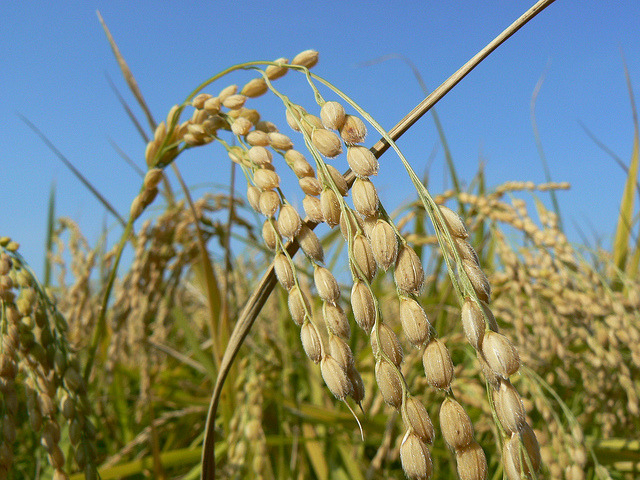
According to a recent study, barley can significantly lower levels of bad cholesterol that is closely related to cardiovascular diseases. (image credit: Kobiz Media/ Korea Bizwire)
SEOUL, June 13 (Korea Bizwire) – According to a recent study, barley can significantly lower levels of bad cholesterol that is closely related to cardiovascular diseases.
A web-based medical and health news service, Medical Xpress, reported that Dr. Vladimir Vuksan, the director of the Risk Factor Modification Center at St. Michael’s Hospital in Canada, arrived at this conclusion after a study of 14 clinical trials that covered seven different countries.
The research team found that those who consumed barley or barley-related products experienced a 7 percent reduction in “bad” cholesterol, low-density lipoprotein (LDL), as well as non-high density lipoprotein (non-HDL) that is associated with the movement and absorption of LDL.
Barley has been known for its effect in reducing LDL-levels, however this study also showed that it reduced other harmful substances that can cause heart diseases.
In order to evaluate how cholesterol levels may increase the risk of developing cardiovascular diseases, not only LDL levels but also non-HDL and Apo B levels must be measured.
“This research is particularly important for Type 2 diabetes patients who have normal LDL levels but high non-HDL and Apo B levels, putting them at great risk of heart problems,” said Vuksan.
Vuksan and his research team have been focusing on improving lifestyle and dietary patterns for treating high cholesterol levels instead of relying on medical treatment. He pointed out that barley has twice as much protein and fiber but half the calories of oats, which are sometimes referred to as a ‘superfood’. “People who are concerned about heart problems or just anyone who wants to have a healthier diet should consider consuming more barley,” he added.
Dr. Vuksan’s study was recently published in the European Journal of Clinical Nutrition (EJCN).
For the past decade, the human consumption of barley has dropped by 35 percent. Barley is not yet well-known as a healthy food in western culture.
Canada is one of the five largest barley producers in the world. However, out of 10 megatonnes produced per year, human consumption only accounts for 2 percent, and the rest is used for animal feed.
By Nonnie Kim (nkim@koreabizwire.com)






